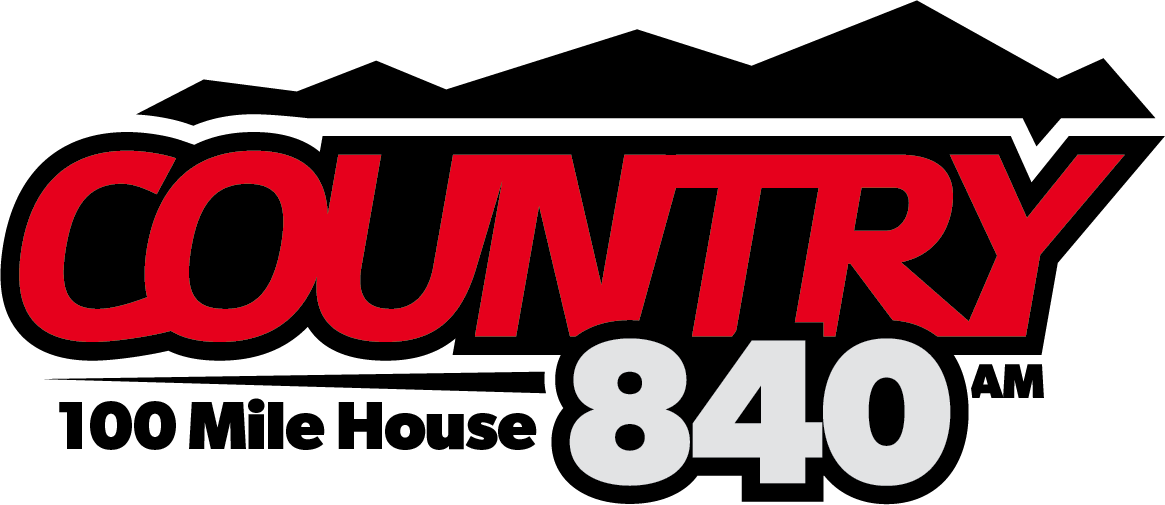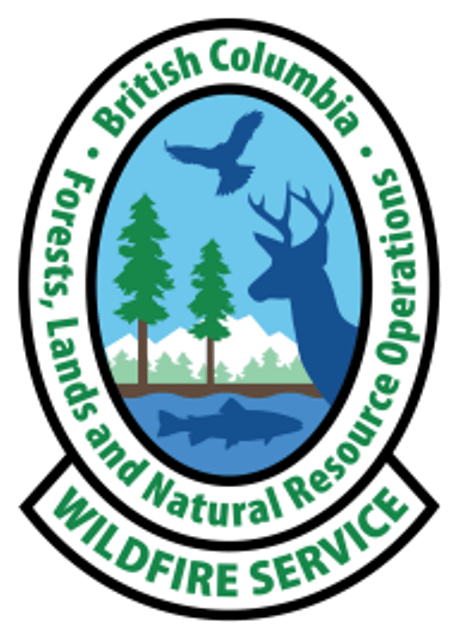The Ministry of Forests, Lands and Natural Resource Operations plans to conduct a series of prescribed burns at sites west and south of Williams Lake between April 1 and May 15, 2017, weather conditions permitting.
These controlled burns will help restore natural grassland ecosystems and will be managed by the ministry’s Ecosystem Restoration Program, with the assistance of the BC Wildfire Service.
Firefighters will carefully monitor the fires at all times and will ensure that they are fully extinguished.
Smoke from these fires may be visible from nearby communities. The decision on when to proceed with these burns will depend on weather and site conditions. Such burns are only conducted when conditions are suitable and will allow for quick smoke dissipation.
The following areas will be treated:
- Doc English Lake area (Becher Prairie), near Riske Creek: about 150 hectares, south of Highway 20 on both sides of Cotton Road.
- Bald Mountain, near Riske Creek: about 70 to 100 hectares, on the west side of Farwell Canyon Road at the six-kilometre mark.
Historically, grasslands in the Cariboo-Chilcotin were renewed through frequent, low-intensity ground fires. Such fires prevented tree encroachment, rejuvenated understory plants and helped maintain open grasslands and forests with large trees.
The re-introduction of managed, low-intensity ground fires to these grasslands is intended to
restore ecosystems and maintain plant communities that are native to these areas. This work will also improve habitat and foraging opportunities for grassland-dependent animals and decrease the risk of catastrophic wildfires in the future.
These prescribed burn projects are part of an ongoing ecosystem restoration program administered by the B.C. government through the Cariboo-Chilcotin Ecosystem Restoration Committee.
The committee was formed in 2008 to support ecosystem restoration efforts within the Cariboo-Chilcotin region and includes representatives from the provincial and federal governments, local First Nations, the B.C. Cattlemen’s Association, forestry professionals and various conservation groups.
(Files from Ministry of Forests, Lands, and Natural Resource Operations)




